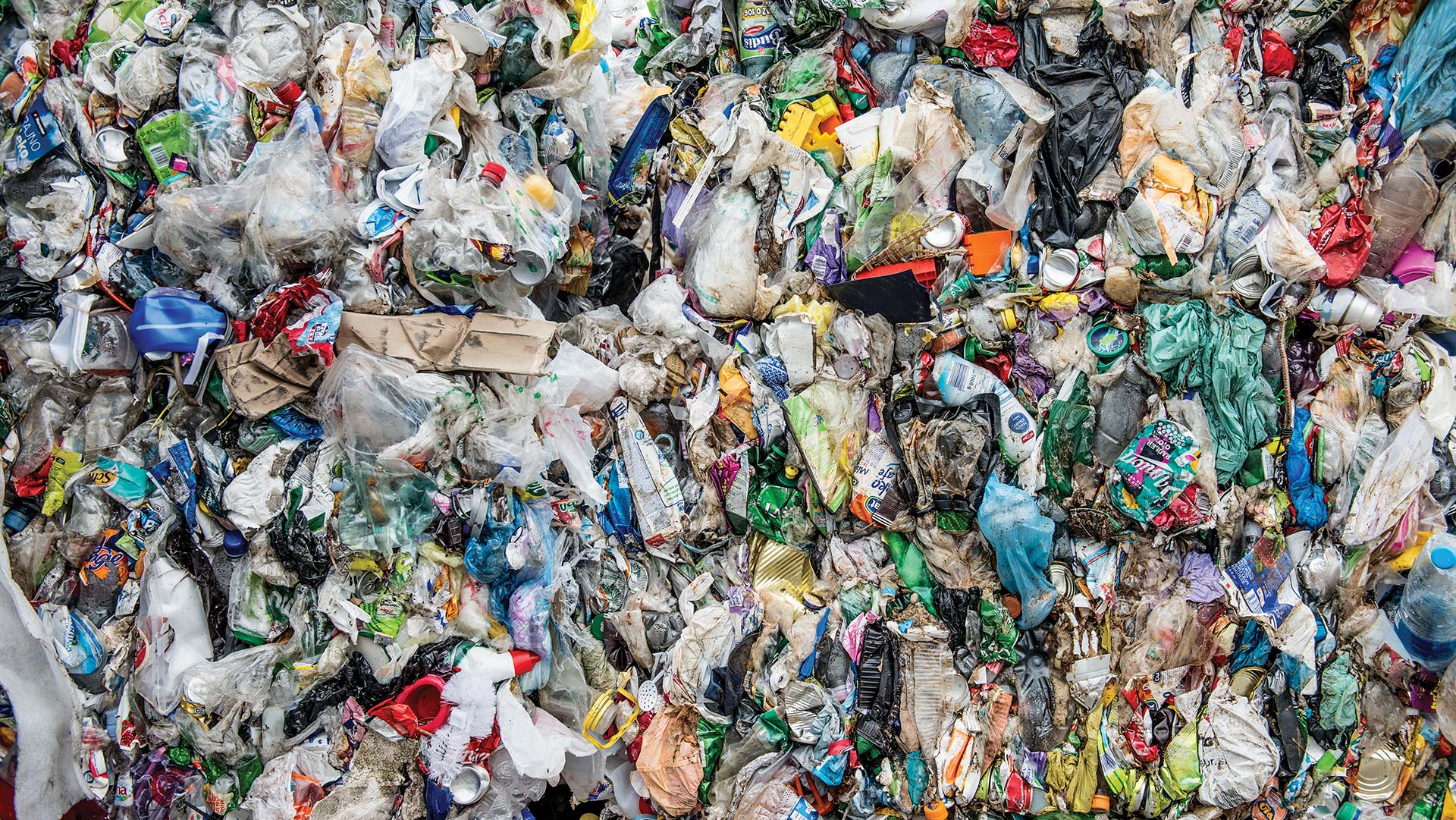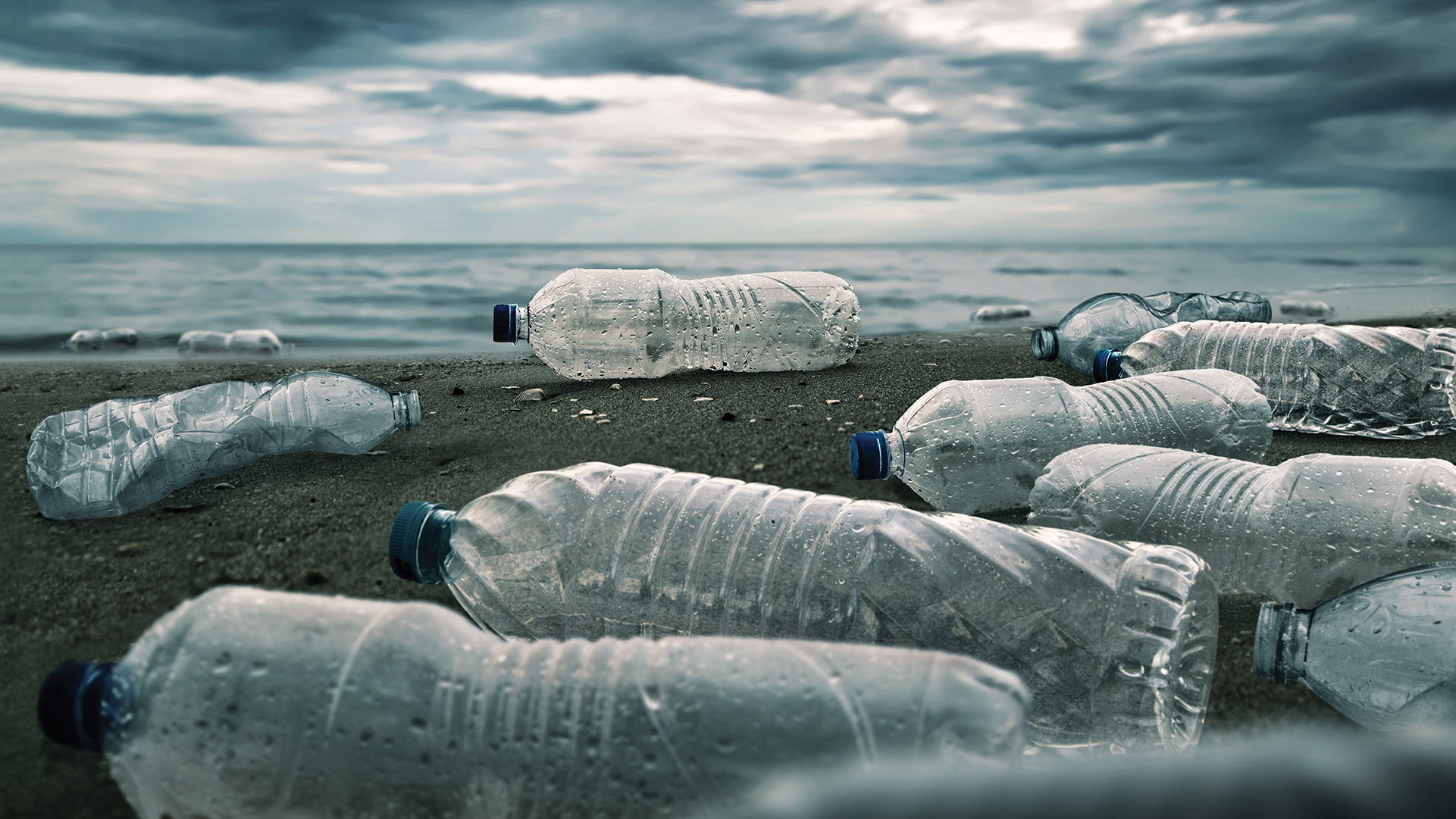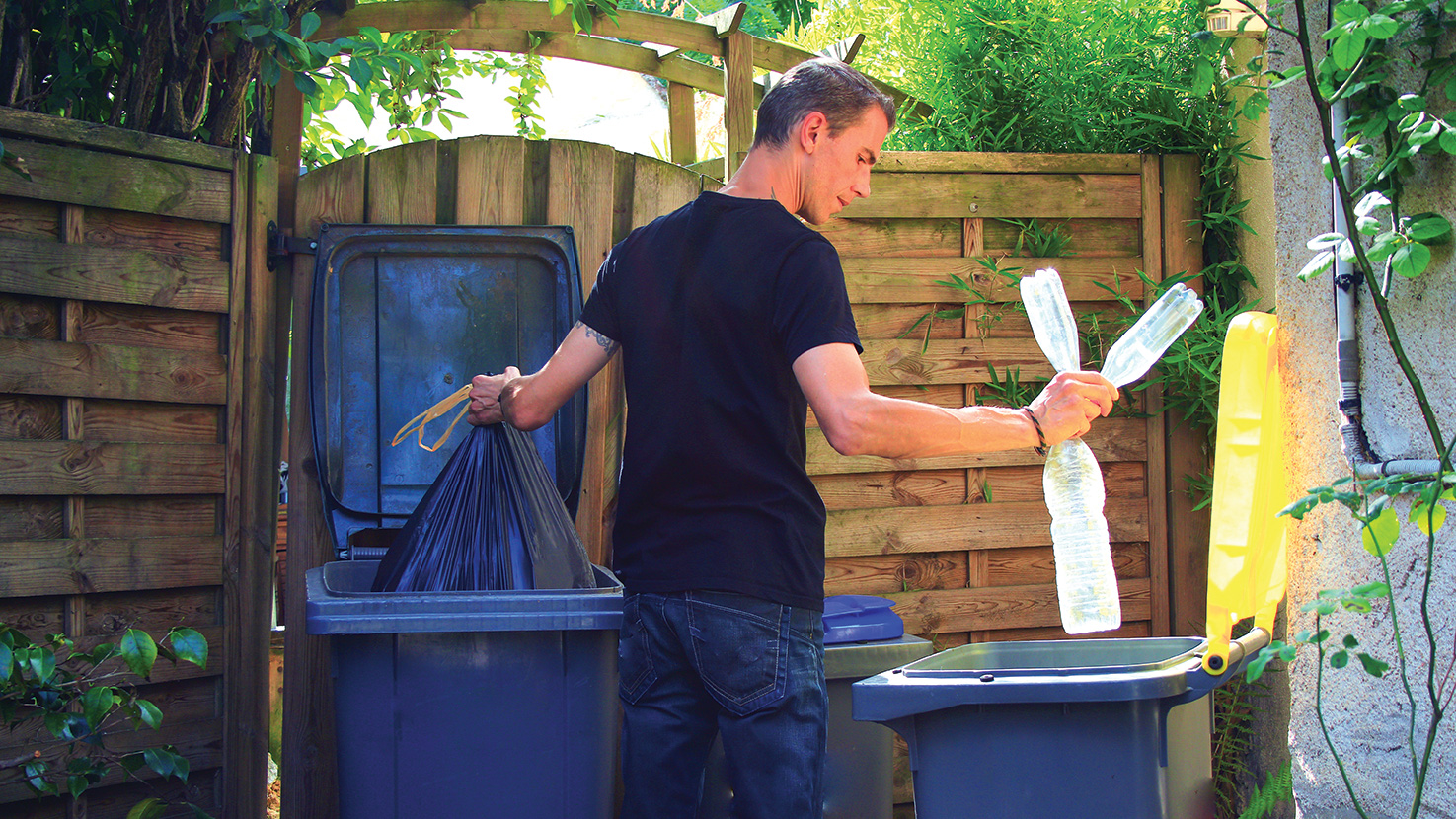Not-so-fantastic plastic
March 1, 2020

The game of billiards has a lot to answer for—or perhaps a lot to take credit for, depending on your viewpoint. It was the challenges of producing billiard balls that led to the development of the first modern plastic. Historically, balls were made from elephant tusk ivory, but a shipment of 50 tusks might contain only one tusk with suitable properties, and turning the ivory to create the balls was a delicate process fraught with risks. Being a natural material, like timber, the ivory was also susceptible to expansion and shrinkage, so balls had to be checked before serious games to ensure they were rolling true. And, of course, there was the problem of the elephants. The ivory trade reduced the African elephant population from 26 million in 1800 to just 600,000 today.
In 1863, New York firm Phelan & Collender offered $US10,000 for the development of a material to replace ivory. Inventor John Hyatt rose to the challenge. He extracted the cellulose from cotton fibre and treated it with camphor to produce celluloid—a plastic that could imitate tortoiseshell, horn and ivory. It was 1869, and a revolutionary moment in history—human manufacturing was no longer constrained by the limits of nature!
The word plastic is actually an adjective, not a noun. It describes the properties of materials that are pliable and can be easily shaped. These qualities result from the fact that plastic materials are made from polymers—poly meaning “many”. Polymers are long, chain-like molecules in which a base unit is repeated over and over, many times. These long chains are able to slip and slide past each other, making the material flexible and mouldable. Before the advent of modern plastics, naturally plastic materials, such as rubber, were made from polymers that existed in nature.
Bakelite, a pivotal modern plastic, arrived in 1907 in response to the rapid uptake of electricity across the United States. An electrical insulator that could be produced quickly and on a large scale was required to meet the demand. Bakelite was significant because it was completely synthetic; it contained no molecules found in nature. Instead it was derived entirely from fossil fuels. From this point, research into synthetic plastics went into overdrive and, during the 1930s, a number of foundational plastics were developed, including polystyrene, polyester, PVC and nylon.
The plastic industry’s growth was consolidated by the war effort. During WWII, plastic production in the United States tripled. Hence, at the end of the war, there was a new problem to solve: the oversupply of plastic manufacturing factories. Enter the creation of consumer goods. Plastic completely transformed the economy. It replaced pewter, glass and ceramics. By small, simple modifications to a plastic’s molecular structure, its properties could be changed to better suit a desired product. Plastic became known as the material of a thousand uses and endless possibilities. Today, there are still many exciting developments in plastic, such as: plastic body parts, including red blood cells; a plastic that has twice the electrical conductivity of copper; a super lightweight but bullet-proof material; and plastic solar cells.

The ‘cane toad’ outcome
Apart from no longer being limited by natural resources (or so it seemed), modern synthetic plastics offered another great advantage—their longevity. In fact, while we now think of plastic products as “throwaway”, they were originally created to last. But, as we soon discovered, they last too well. Unlike natural materials, which biodegrade and return their base molecules to the ecosystem, synthetic plastics do not break down in that way. They persist in the environment, creating literal mountains of waste once they are no longer useful or no longer wanted. Much of this waste ends up in waterways, with plastic debris in oceans first observed in the 1960s. Today, one of the ultimate symbols of plastic waste is the Great Pacific Garbage Patch, a floating mass of plastic rubbish the size of Texas. Photos of birds and marine animals trapped in plastic bags or bottle rings also underscore the devastating impact of plastic waste on this planet. More recently, concern has turned to the presence of plastic micro-particles in the environment. Like the introduction of cane toads to Queensland, the solution has become the problem.
We’re seeing the concerns of the ancient prophet Ezekiel writ large; environmental destruction on a level he could never have imagined: “Is it not enough for you to feed on the good pasture? Must you also trample the rest of your pasture with your feet? Is it not enough for you to drink clear water? Must you also muddy the rest with your feet?” (Ezekiel 34:18).
Where to now?
In the 1990s, plastic recycling via council kerbside collection services commenced in Australia. There have been efforts from industry to utilise recycled plastics—in furniture, roads, energy and building products, but less than 20 per cent of all plastic is recycled globally. And while a million plastic bottles are sold every minute worldwide, only 14 per cent are recycled. Worse still, in Australia, only about 12 per cent of collected recyclable products are actually recycled. In the past couple of years, Australia’s recycling program has come under pressure, beginning with China’s decision to no longer accept our recycling waste. Other countries followed suit by reducing the amount they would take and by sending back shipments of contaminated plastics. Pictures began emerging of large warehouses around Australia overflowing with stockpiled recycling. Although policies and solutions are being developed in response to this crisis, recycling alone is clearly not going to solve the problem of plastic waste.
Efforts to reduce our use of plastics have focused on “single-use” plastics, such as grocery bags, drinking straws, water and soft drink bottles, and take-away coffee cups. But many other plastic products are considered essential to modern life, including components of life-saving medical devices. So rather than eradicating plastic from our lives, other efforts focus on making plastics biodegradable, via two main approaches: the development of organisms that can biodegrade existing plastics, and the development of new plastics that are inherently biodegradable.

New organisms
Pestalotiopsis microspore, a fungus found in the Amazon in 2011 by a group of student researchers from Yale University, appears to have the ability to degrade polyurethane in just a matter of weeks—and without the need for oxygen. A fungal solution to plastic waste could be tricky to put into large-scale practice, so follow-up research is focused on identifying the enzyme responsible.
In 2016, a plastic-eating bacteria was discovered by scientists researching in a Japanese bottle-recycling plant. They elucidated the structure of the enzyme responsible and tweaked it, unexpectedly creating a new enzyme that was now 20 per cent better at breaking down PET plastics. This kind of solution holds great promise, as bacteria are easy to utilise in large-scale industrial settings.
New plastics
Many new plastics are being derived from natural rather than synthetic source materials, and thus are naturally biodegradable. These include PET bottles made from sugar cane-derived bioplastic, and a bio-plastic film produced from cotton processing waste that’s being developed by scientists at Deakin University. Polylactic acid, derived from corn starch, is being used to create fibres for clothing. And Harvard University’s Wyss Institute is creating “Shrilk” plastic from chitin—a polymer extracted from shrimp waste product. Likewise, MarinaTex is a biodegradable bioplastic made from fish processing waste. It’s stronger than regular plastic packaging, but breaks down in the soil in a matter of weeks. But are these solutions taking us back to being reliant on, and limited by, how much we can grow, raise, harvest or hunt? Are we at risk of falling into new environmental abuses?
New Zealand researchers at Humble Bee are taking things one step further. They are focusing their research on the cellophane-like bio-plastic produced by bees as a nesting material. The company is analysing the bees’ DNA to find the gene responsible and will then modify bacterial DNA so the material can be produced on a large scale, in much the same way that bacteria were modified to produce insulin.
There may be no perfect solution to the problem of plastic waste, but for those who enjoy what this beautiful planet has to offer, turning a blind eye isn’t an option.
Julie Hoey is a qualified science/maths teacher and librarian. She lives in Mulbring, NSW, with her husband and tween daughter.







